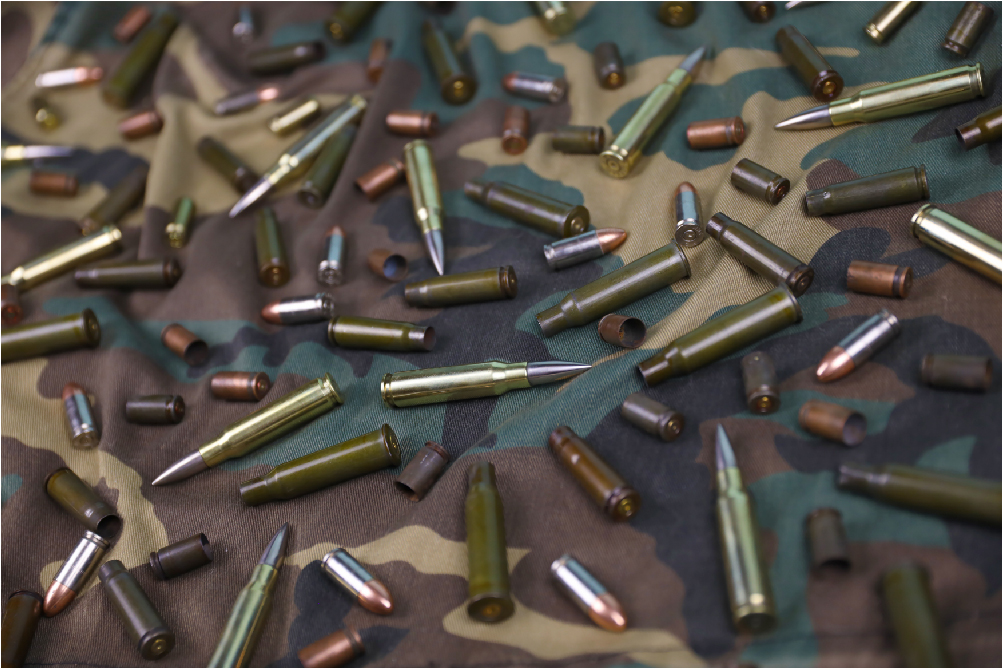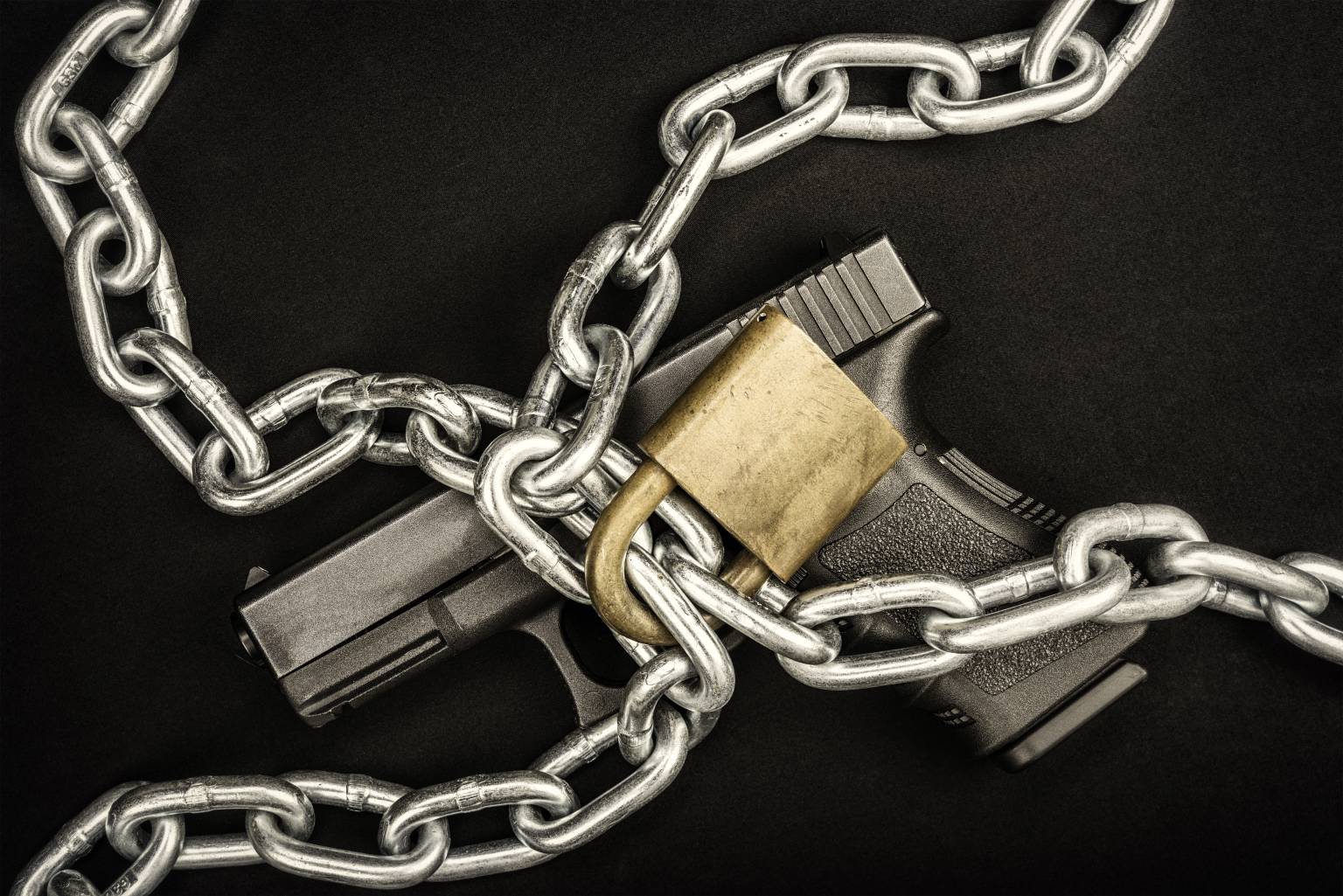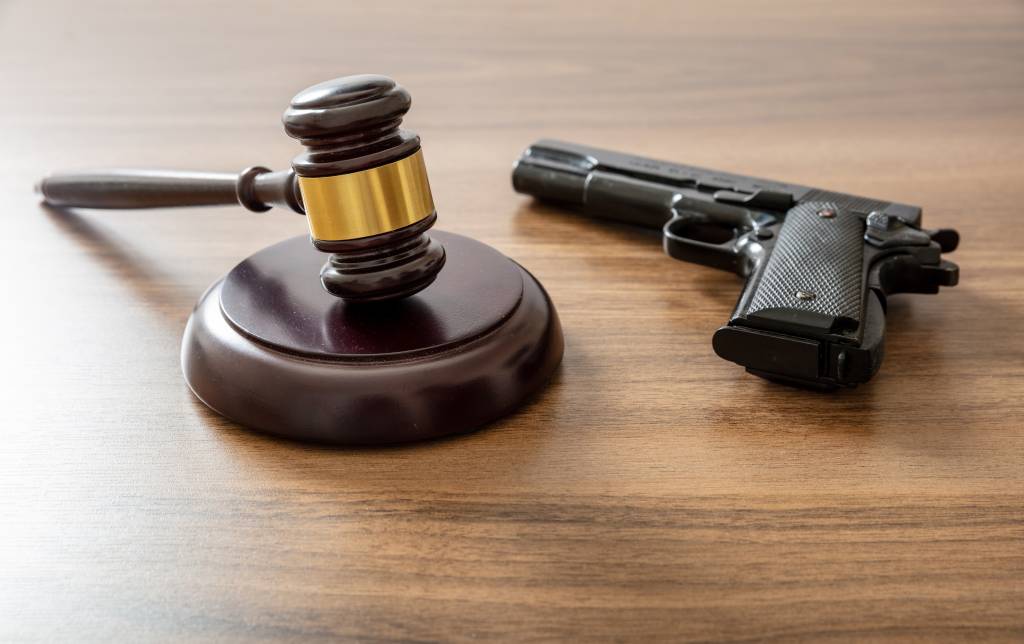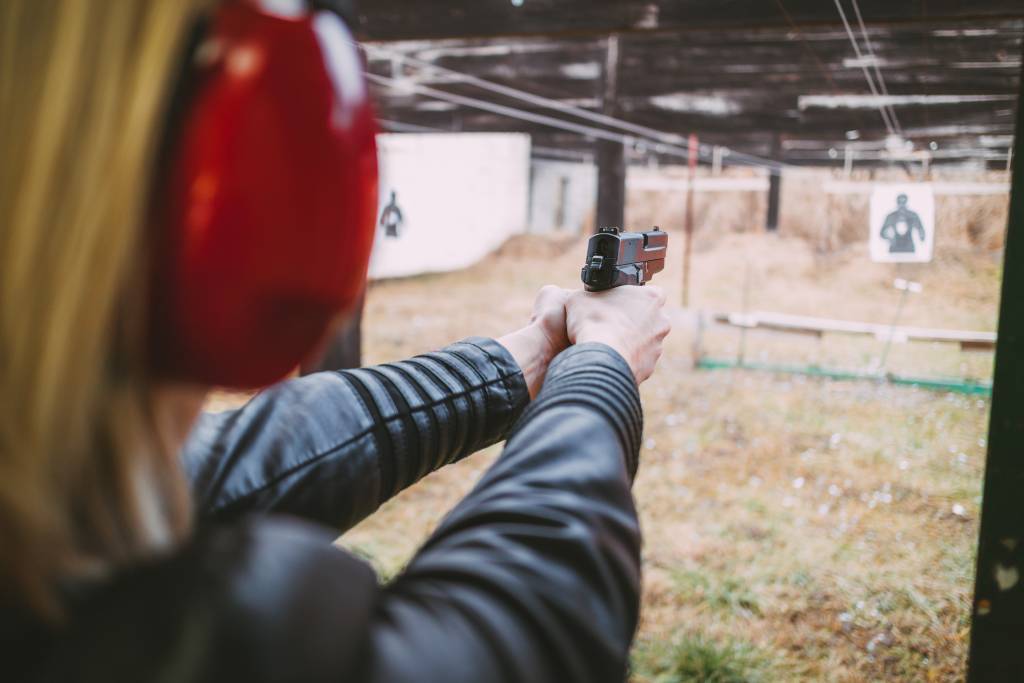A Comprehensive Guide to Gun Safety: Protecting Lives and Promoting Responsibility
Introduction Gun safety is of paramount importance to ensure the well-being of individuals and communities. It is crucial for gun owners and enthusiasts to understand and practice responsible firearm handling, storage, and usage. This article aims to provide a comprehensive guide to overall gun safety, highlighting essential principles and measures to prevent accidents, promote responsible ownership, and foster a culture of firearm safety.
- Fundamental Safety Rules The foundation of gun safety lies in adhering to fundamental rules that must never be compromised. These rules include:
a) Treat every firearm as if it is loaded.
b) Keep the muzzle pointed in a safe direction.
c) Keep your finger off the trigger until ready to shoot.
d) Be aware of your target and what lies beyond it.
Understanding and strictly following these rules will significantly reduce the risk of accidental discharge and potential harm to oneself or others. Constant mindfulness and discipline in adhering to these principles are essential for safe gun handling.
- Proper Storage and Transport Properly storing and transporting firearms is vital to prevent unauthorized access and misuse. Here are some key considerations:
a) Secure Storage: Store firearms in a locked cabinet, safe, or gun vault, with ammunition stored separately. Restrict access to authorized individuals only.
b) Trigger Locks: Utilize trigger locks to prevent accidental discharges. These locks fit over the trigger and render the firearm inoperable.
c) Gun Cases and Lockboxes: When transporting firearms, use dedicated gun cases or lockboxes to ensure they are securely contained, inaccessible to unauthorized individuals, and protected from damage.
- Education and Training Education and training play a pivotal role in promoting responsible firearm ownership and safe handling. Consider the following:
a) Basic Firearm Safety Courses: Enroll in comprehensive firearm safety courses, which cover essential topics such as gun handling, safe storage, shooting techniques, and legal responsibilities.
b) Range Etiquette: Familiarize yourself with range rules, maintain situational awareness, and follow instructions provided by range officers.
c) Ongoing Skill Development: Regularly practice safe handling and shooting skills to maintain proficiency, and consider advanced training courses to expand your knowledge.
- Communication and Supervision Effective communication and supervision are crucial aspects of gun safety, particularly in households with children or individuals unfamiliar with firearms.
a) Open Dialogue: Promote open discussions about firearm safety within the household. Educate family members, especially children, about the potential dangers associated with firearms and instill responsible attitudes towards firearms.
b) Secure Access: If there are children in the home, ensure that firearms are securely stored in a manner inaccessible to them. Consider additional safety measures, such as childproof locks or safes.
c) Supervision: When handling firearms, always supervise individuals who are unfamiliar with firearms or those who have not received proper training.
Conclusion Gun safety is a shared responsibility that demands a commitment to the well-being of ourselves and those around us. By following fundamental safety rules, ensuring proper storage and transportation, investing in education and training, and maintaining effective communication and supervision, we can create a safer environment for all. Responsible firearm ownership empowers us to enjoy the shooting sports, protect our loved ones, and prevent tragic accidents. Let us embrace the culture of gun safety, fostering a society where responsible firearm handling and respect for life go hand in hand.





